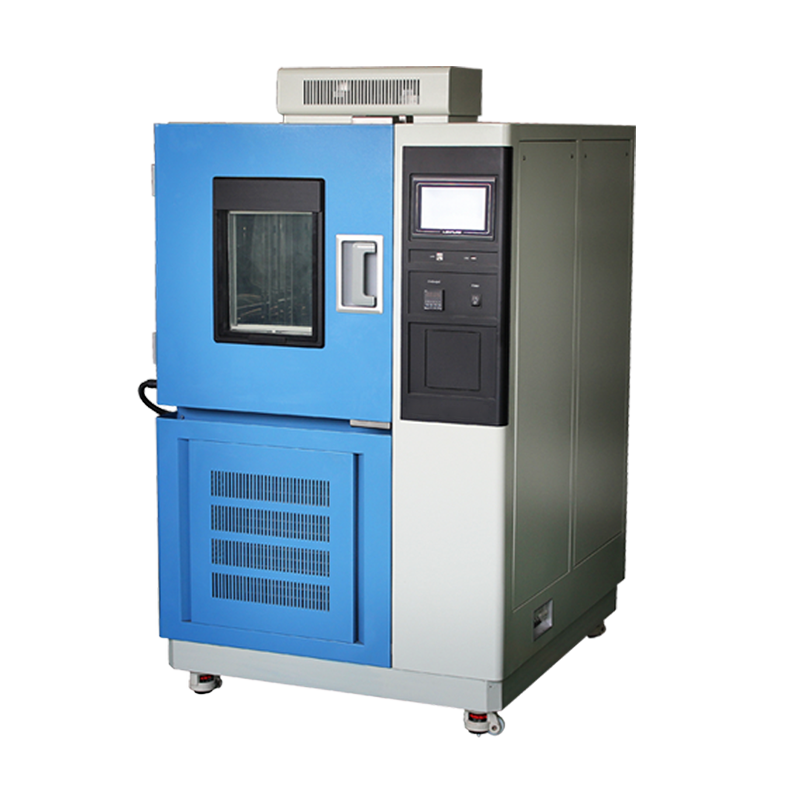In modern industrial and scientific research, high and low temperature cycling test chambers have become essential for evaluating how materials and products withstand extreme temperature variations. As technology advances, testing requirements have grown more complex, making traditional single-temperature testing insufficient. This is where multi-segment programming comes in—a powerful feature that enhances product development and quality control.
Advantages of Multi-Segment Programming
✔ Enhanced Flexibility
Users can customize different temperature stages and durations based on test requirements. Whether it’s high-temperature exposure, low-temperature endurance, or rapid thermal cycling, pre-programmed sequences allow for highly adaptable testing conditions.
✔ Real-World Simulation
Many products operate in fluctuating temperature environments. Multi-segment programming accurately replicates real-world conditions, enabling better assessment of product reliability and performance.

✔ Improved Efficiency
Automated multi-segment testing reduces manual intervention, cutting labor costs. Additionally, unattended operation speeds up testing cycles, accelerating R&D timelines.
✔ Precise Data Collection
With exact temperature control and logging, the test chamber generates detailed performance data. This information is invaluable for quality analysis and future product improvements.
Wide-Ranging Applications
High and low temperature cycling test chambers with multi-segment programming are widely used in:
- Electronics & Electrical Components (e.g., battery thermal testing, IC reliability checks)
- Automotive & Aerospace (e.g., material expansion/contraction under extreme conditions)
- Material Science (e.g., polymer durability in variable climates)
Conclusion
Multi-segment programming in high and low temperature cycling test chambers enhances testing flexibility, efficiency, and accuracy, making it a critical tool for quality assurance. As technology evolves, these chambers will continue to play a vital role in ensuring product resilience in extreme environments.












